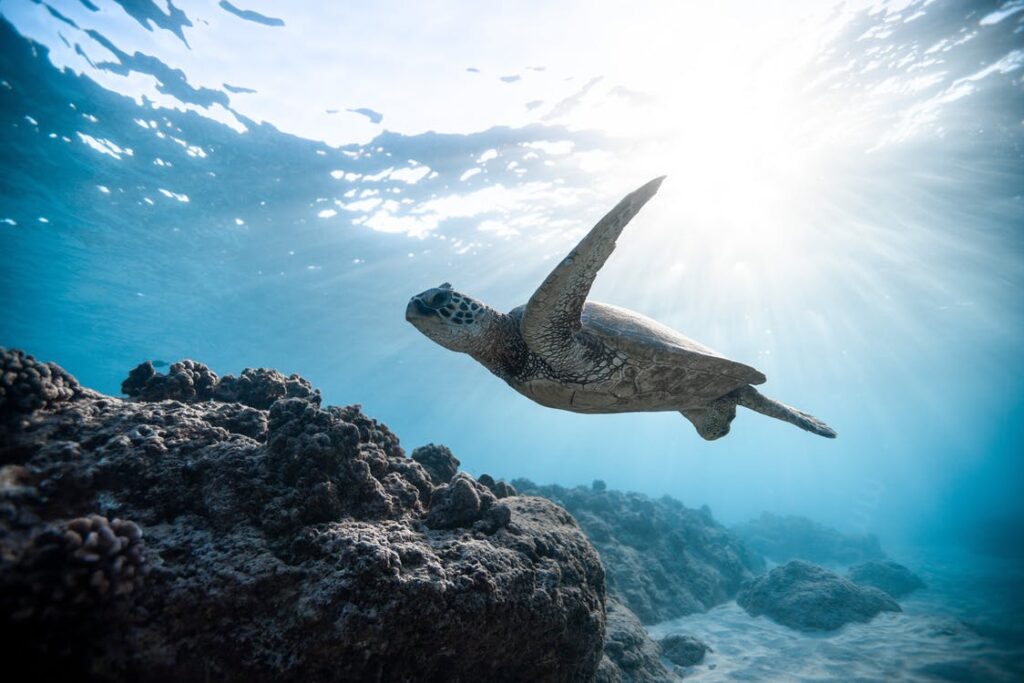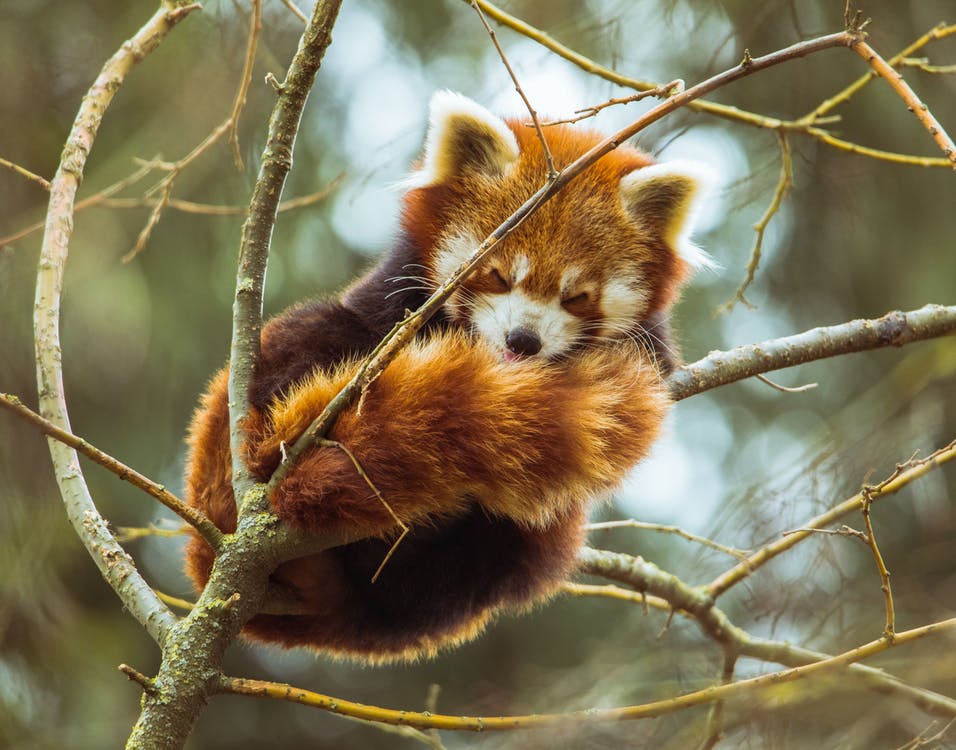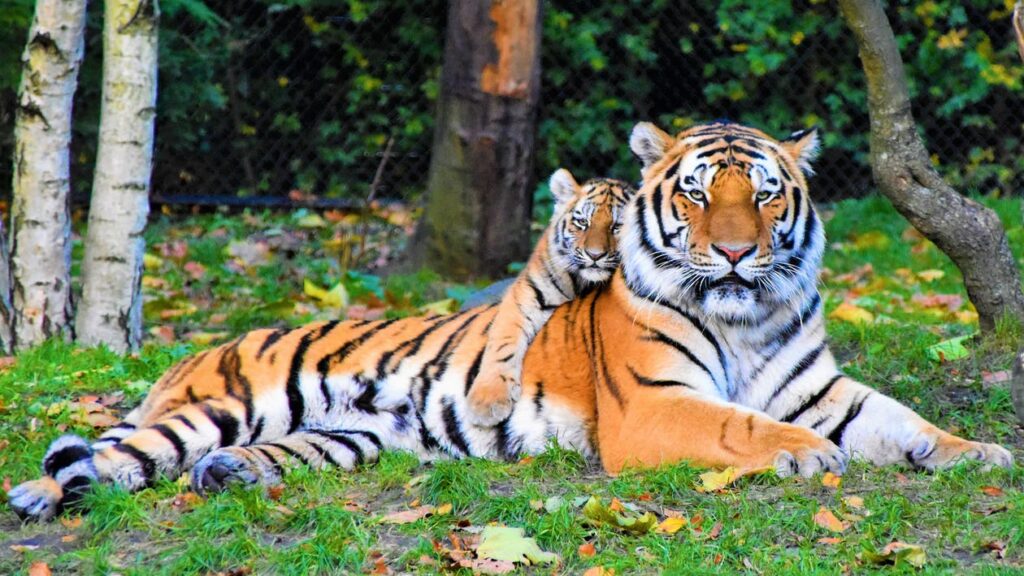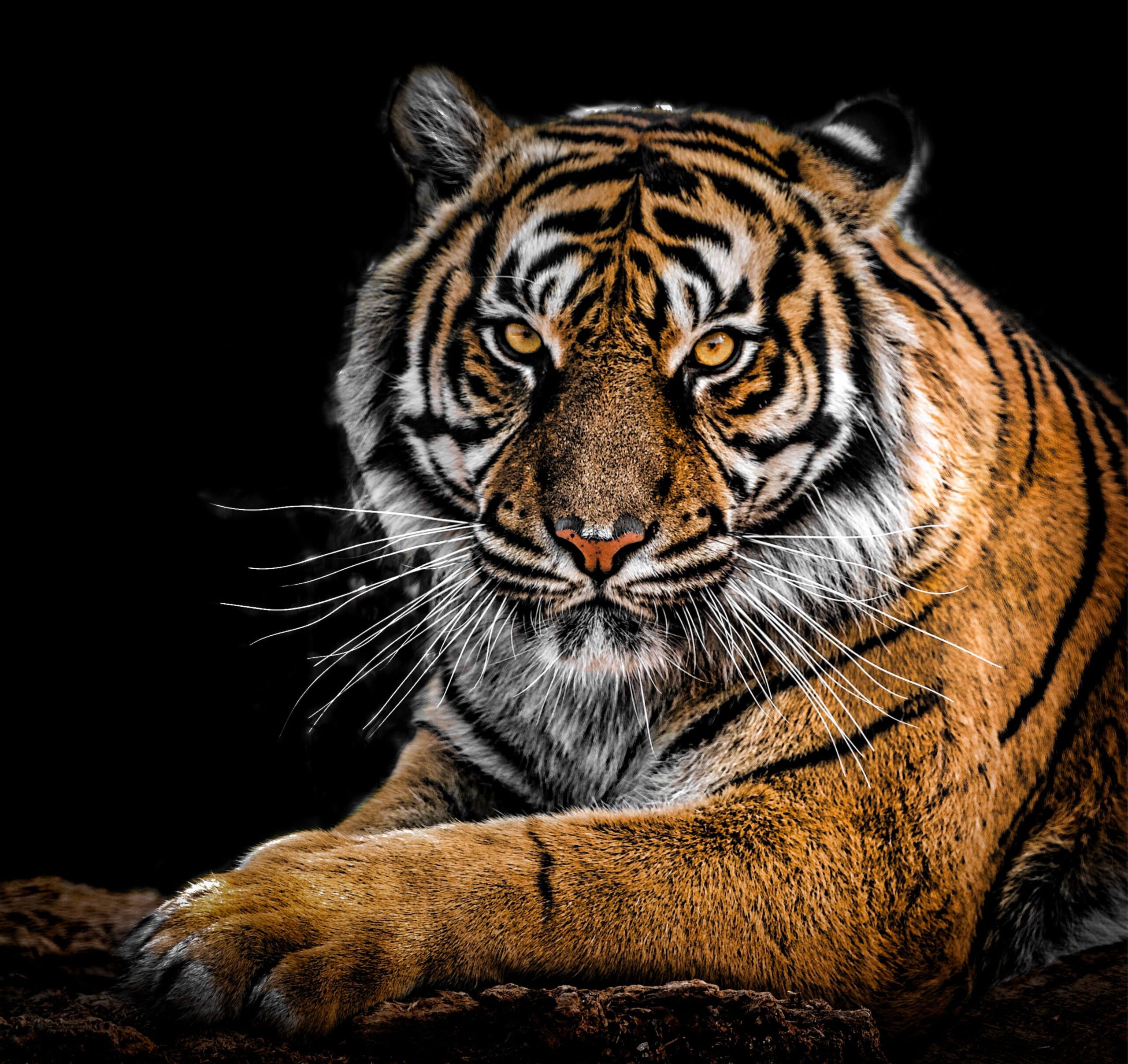We all love animals but sadly a lot of them are endangered. In this blog, we look at 5 of the most endangered animals in 2022 and why it matters if they were to disappear forever.
WHAT DOES ENDANGERED MEAN?
Endangered is a word used to describe an animal species (type) that is likely to go extinct (none of that species of animal left) on Earth.
What causes Extinction?
Lots of things cause extinction. But it mostly comes down to a loss of habitat- due to humans or global warming, poaching or an invasive species.
WHAT CAN I DO?
To help stop animals from going extinct you can do lots of things.
-You can reduce your waste and recycle more which will help protect the planet – I sometimes go for a walk in my local town and pick up rubbish so it doesn’t end up hurting wild animals. It helps the animals and makes the area look much tidier and more pleasant! You could do this with your friends and family.
-You can tell your family about the animals that are endangered and why it’s important we help look after them- and how they can help
-Don’t buy things that come from endangered animals- like ivory or tortoise shells.
-You could donate to a charity like the WWF or one of your local charities
-Just be kind! At the end of the day, it’s as simple as just being kind to the planet and animals.
Rhinos

Rhinos might not be the prettiest of animals but they are super important. They’ve been around for thousands of years and, despite rumours, they aren’t mean animals- they have terrible eyesight and spook easily so if humans or other animals make them jump they tend to charge.
And when they run… they can run at around 40 miles per hour and will destroy anything in their path thanks to the bigger rhinos weighing 900 kilograms.
Despite their thick-looking rough skin rhinos actually have very sensitive skin- they get sunburnt- so roll around in the mud to protect themselves- more entertaining than putting on suncream in my opinion.
Rhinos are sadly amongst the top percent of poached (hunted) animals on the planet. Poachers kill them for their horns and some people even think the horns can be used to make medicine- spoilers, they can’t be used to make medicine.
Today there are only five types of rhinos left. The Javan rhino, the black rhino and the Sumatran rhino are on the verge of becoming extinct. There are only around 60 Javan rhinos left in the entire world!
Why should you care?
A lot of the wildlife rely on the survival of the rhinos. They are also an incredible income generator for countries like Namibia because pay for tours to see one of the oldest mammals alive.
The country can then invest this income into protecting more wildlife. The creation of land protection for rhinos benefits elephants as well.
Sea turtles

Sea turtles live nearly everywhere- they don’t like the cold though so you won’t find them in the icy waters of the north or south pole. They love the sun so when they nest they tend to go to warm beaches.
In total there are 7 species of sea turtle on Earth- and all 7 of them are considered endangered. Turtles have been on Earth for over 100 million years which means they outlived the dinosaurs.
Their homes are under threat from climate change but also from carelessness.
They can get caught in fishing nets – turtles need to go back up to the surface of the water to breathe so being trapped in a net stops them from being able to do that.
Litter- they often mistake a plastic carrier bag carelessly dropped in the ocean for a jellyfish. They eat the plastic bag and choke on it
Poachers shamelessly hunt and poach the sea turtles for their eggs, skin and shells. When it’s thought that only 1 in every 1000 hatched sea turtle eggs live to become an adult- humans making the problem worse can only ever lead to one outcome.
Why should we care?
Turtles play a huge role in the marine ecosystem – an ecosystem is a bit like the circle of life described in the Lion King- it’s an area where animals, weather and landscape all have an impact on each other.
If the turtles disappear because they go extinct then the marine ecosystem in certain areas will start to crumble and break- the circle of life will have been broken so to speak.
This would have a knock-on effect for humans as well because some of the seafood we like to eat relies on the same ecosystem as the turtles. So if the turtles are gone- then you best say goodbye to your seafood as well.
African forest elephants

Let’s turn our attention to the world’s largest land mammal. The elephant- more specifically we’re talking about the African forest elephant.
Elephants are generally pretty awesome.
They have 40,000 muscles in their trunks and are one of the smartest animals out there- probably smarter than me. Their skin is around 2.5 centimetres thick- to compare human skin is around 2 millimetres thick.
African forest elephants are critically endangered. They live in tightly packed (dense) tropical forests Their habitat space has shrunk by two-thirds since the 1970s which means they
have a lot less room to live.
Along with a reduced living space, the forest elephants are also hunted by poachers who hunt and kill them for their ivory- over 10,000 elephants are murdered every year by poachers who then sell the ivory illegally on the black market. I honestly don’t know how the people who kill innocent animals – or the people who buy the ivory- can wake up every morning feeling good about themselves.
The forest elephants may be smaller than their African savanna cousins but they still can be up to 10 feet tall and weigh up to 5 tons.
why should we care?
The African forest elephant is an essential part of the germination of many rainforest trees.
Elephants eat a lot of fruit and when they do they aren’t fussy eaters and take time to pick out all the seeds.
The seeds in the fruit pass through the elephant’s guts and, well, comes out in the poo. And they tend not to poop after immediately eating the seeds which means they could have travelled anything up to 40 miles before the seeds come out.
What does this mean? It means that elephants are helping keep the rainforests alive by spreading seeds all around. Plus- the seeds come with self-made fertiliser.
Red Pandas

Let’s face it- red pandas are uncontrollably adorable. These adorable balls of fluff are born covered in fur and as you can see from the image above like to nap in trees.
Despite their name- they’re not even a little bit related to the giant pandas (you know- black and white pandas)
One of the coolest things about red pandas is that they can digest and neutralise the poison cyanide that would wipe out a human quicker than half an hour on a treadmill.
Sadly, the population of red pandas has declined by almost half in just 20 years. One of the biggest causes is the destruction of their habitats- we, as humans, have to find ways to expand without destroying so many animal territories.
Destroying their habitat also destroys a lot of the bamboo they eat- and 98% of that diet is made up of bamboo.
The cruel and evil poachers also hunt them for their fur, reducing their numbers even further.
why should we care?
Like so many animals the red pandas help balance the ecosystem. But they also keep bamboo in check by eating it – a bit like sheep, goats and cows keep the grass in check. If the red pandas disappeared then we’d have some broken ecosystems and a horrific invasion of bamboo- plus the cuteness rating of planet Earth would drop by at least 10%.
Tigers

Tigers are the largest of the Asian cats (in fact, they’re the largest wild cats on the planet- move aside lions for the true kings of the jungle) and you certainly wouldn’t mess with them. Tigers live in Asia- near India and Thailand. They can be up to 10 feet long and some of the males could way close to 700 pounds (317 kilograms).
Unlike some other cats, Tigers are big fans of the water and are excellent swimmers who can roar but not purr. Oh- they can also run up to speeds of around 40 miles per hour.
Tigers live and be cared for by their mother until they are 2 years old (the mum gives the cubs swimming lessons!) then they head off on their own. Tigers mostly live by themselves- makes you wonder how any baby tigers (cubs) are born- and when they have their territory they like to wee on it (like house cats) to mark it as their own.
Sadly Tigers are massive suffer from the destruction of their habits thanks to human activity. Forests are being destroyed around the world which is a major threat to the animal species who live there- tigers included.
The reduction in space means the tigers are being forced closer together and made to fight over less and less room, food and water.
Tigers are beautiful and that’s why evil poachers hunt them so they can make money from selling their fur. If poachers kill a female tiger who has cubs (babies) then the cubs will almost always die.
If the poachers kill a male then other tigers will fight over its territory so more tigers may die and be seriously injured.
why should we care?
Not only are these animals beautiful to look at but they play a massive role in the ecosystem- in that circle of life. If we lose the tigers then the ecosystems die or change which means that humans start to lose fresh water sources and food.
Tigers eat a lot of meat. If they don’t eat the herbivores (plant eaters) then there are too many herbivores eating plants which means the plants all disappear. If the plants disappear then the herbivores have nothing to eat which means they disappear as well.
There might only be 4000 tigers left on Planet Earth.
You can find out some amazing facts about animals in this blog here
Do you have a favourite animal? Let me know in the comments below!
